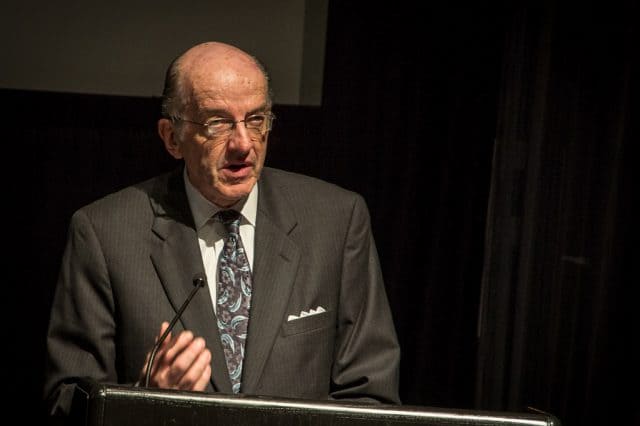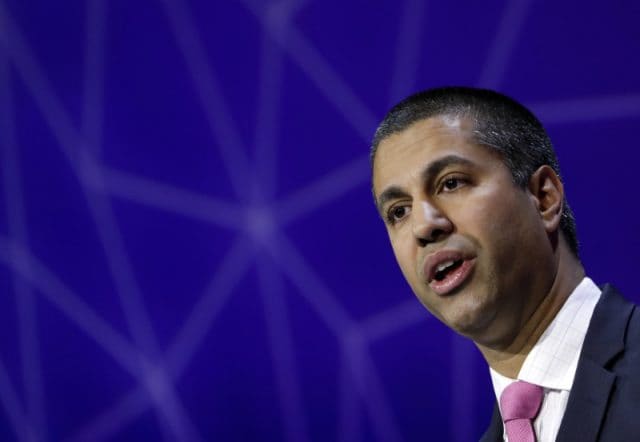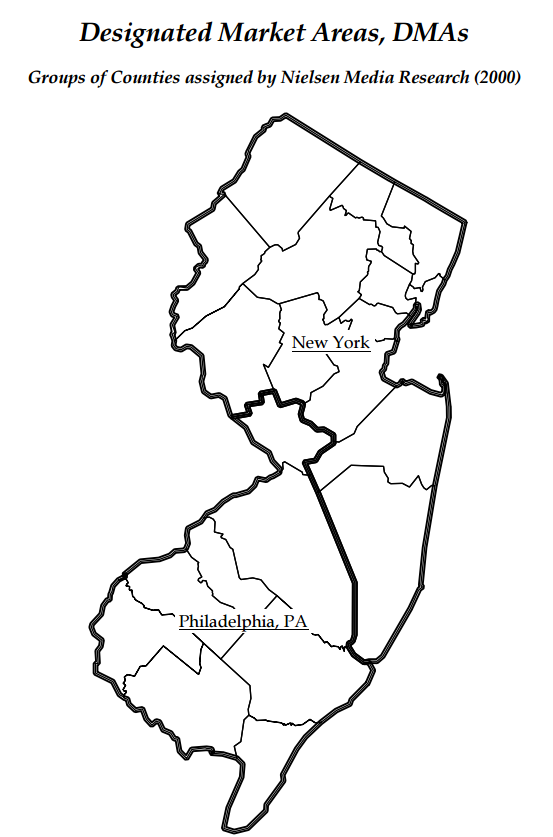 The Boston Globe has joined a parade of media outlets concerned about the future of local news that could be affected if Sinclair is successful in winning approval of its acquisition of Tribune Media’s 42 television stations, calling Sinclair a “behemoth” and the deal “a matter of urgent concern.”
The Boston Globe has joined a parade of media outlets concerned about the future of local news that could be affected if Sinclair is successful in winning approval of its acquisition of Tribune Media’s 42 television stations, calling Sinclair a “behemoth” and the deal “a matter of urgent concern.”
Sinclair is already the largest owner of local television stations in the United States, and its proposed $3.9 billion purchase of Tribune would turn it into a behemoth, with access to more than 70 percent of American households.
An expansion of that size isn’t in the public interest, and federal regulators should move to block it. If they fail to act, state attorneys general should step up and attempt to stop the merger. Sinclair, which already has stations in Rhode Island and Maine and is looking to expand into Connecticut, has a history of slashing staff and requiring its stations to share content — reducing local news coverage in the process.
The network also requires its stations to air centrally produced, conservative-leaning segments. There are daily missives, for instance, from the “Terrorism Alert Desk” — including one piece on the French controversy over “burkinis,” apparently deemed a terrorism-related story simply because it involved Muslims. One election package suggested voters shouldn’t back Hillary Clinton, in part, because of the Democratic Party’s proslavery history. And Sinclair hired former Trump surrogate Boris Epshteyn as its chief political analyst.
[…] Sinclair’s expansion also raises classic anticompetitive concerns. A larger company will be able to demand bigger fees from cable providers retransmitting their broadcasts — costs that will eventually be passed on to consumers. […] There are other ways to prevent large cable companies from throwing their weight around. Unfortunately, the Trump administration’s Federal Communications Commission doesn’t seem interested in implementing them. Indeed, Trump’s FCC and Department of Justice don’t seem interested in much regulation at all.
The FCC docket asking for public comment on the transaction has attracted plenty of opposition to the deal from industry groups, lobbyists, competitors, consumer groups, and members of the public.
“Sinclair has failed to explain how this multi-billion dollar merger could possibly be in the public interest,” said Computer & Communications Industry Association President Ed Black. “Even more, allowing this centrally controlled broadcast behemoth that has a history of cutting local news staff and adversely affect independent, local TV stations, would be detrimental. Anyone who values decentralized government control, states’ rights and independent voices should oppose this merger that would harm citizens and weaken our democracy. It’s a concern that a merger that would be so harmful to rural areas, independent news stations and citizens could even be considered. The FCC should reject this takeover proposal outright, and Congress needs to hold hearings to more thoroughly understand the media landscape and how critical independent local broadcast stations are in a democracy.”
“We believe this merger as proposed is unlawful, not in the public interest and should be rejected,” said Matthew Polka, CEO of the American Cable Association. The ACA represents over 700 small independent telecom companies, primarily serving suburban and rural communities.
“It would turn Sinclair into the nation’s largest broadcast conglomerate and lead to higher prices, more station blackouts, less choice, and less local news for millions of consumers,” said Dish Network in its petition to deny the merger.
Even a former FCC commissioner has spoken up against the deal.
Sinclair “comes with an ideology that is far more focused on conservative points of view than any sense of balance or any deep-dive journalism,” said Michael Copps, a former FCC commissioner and special adviser to Common Cause. “No one company should have such power over the news and information that citizens must have if they are going to cast intelligent votes and practice successfully the art of self-government.”


 Subscribe
Subscribe






